Situational Awareness: When Altitude Meets Attitude
Flying Magazine
JUNE 14, 2025
Both cockpit and OR demand the same superpower—knowing what matters before it’s too late. Your ground speed increases by 20 knots. Team Dynamic In the cockpit, we have CRM—crew resource management, the radical idea that the captain isn’t always right. In the cockpit, threats are three-dimensional.

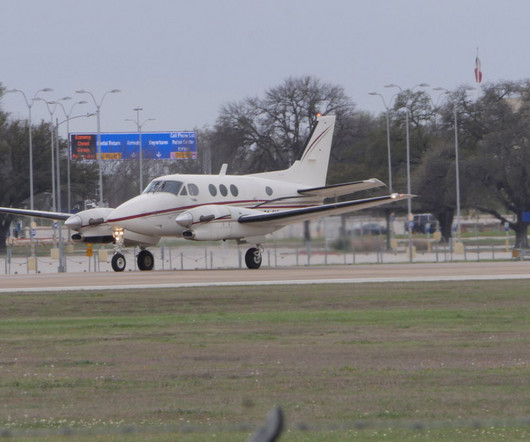
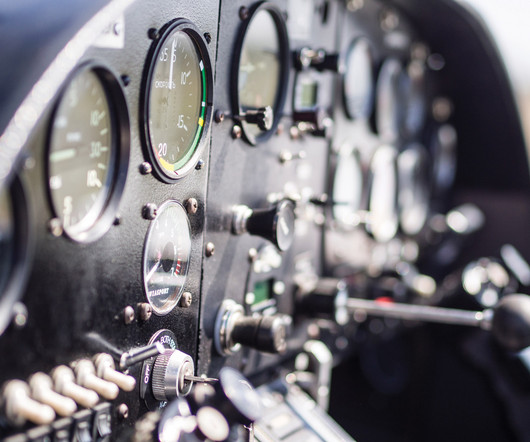
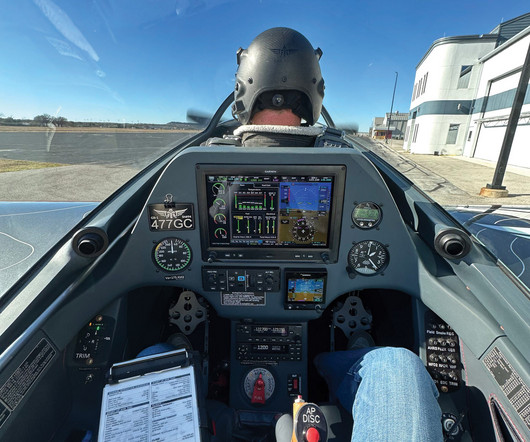



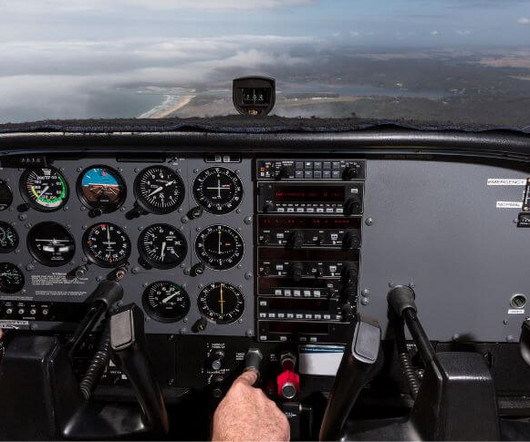




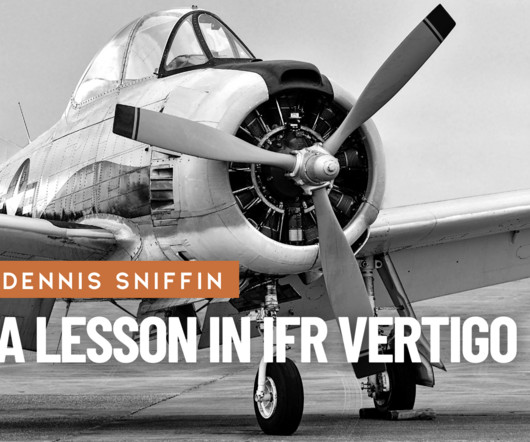

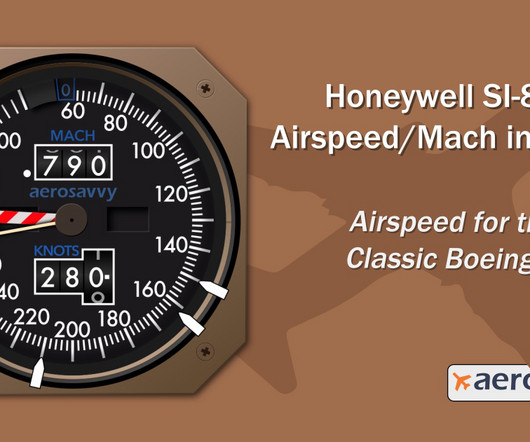
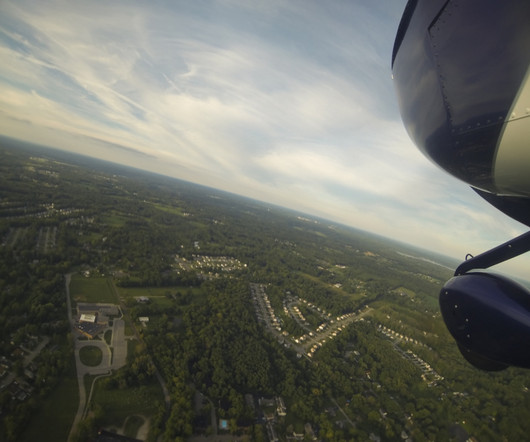


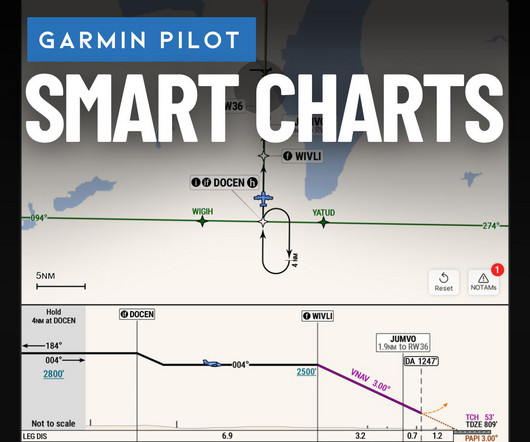






Let's personalize your content